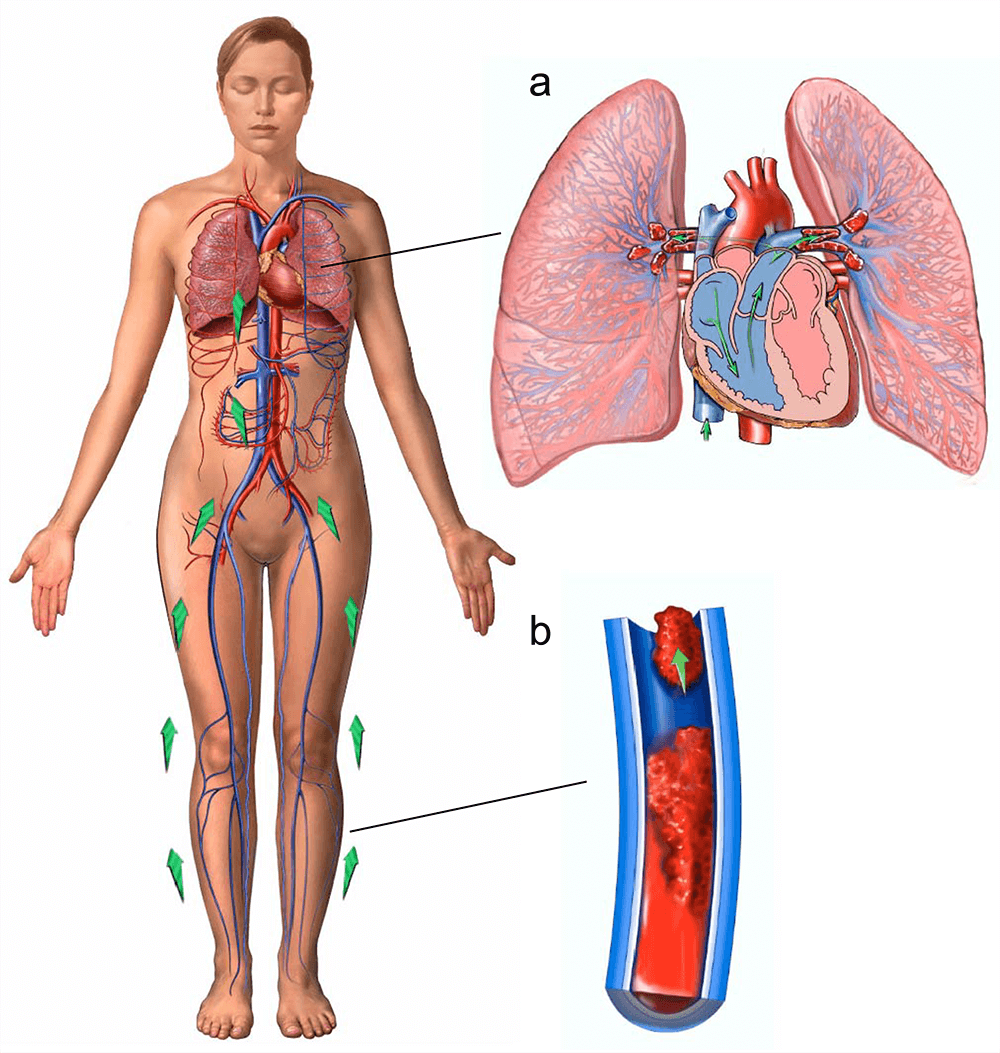Blood clots are serious medical conditions that can lead to life-threatening complications if not diagnosed and treated promptly. Understanding their classification under ICD10 is crucial for healthcare providers, patients, and anyone concerned about their health. The ICD10 code system helps in identifying and documenting the various types of blood clots, ensuring that patients receive appropriate care based on their specific condition. In this article, we will explore what blood clots are, the significance of their ICD10 coding, and how this classification impacts patient management and healthcare strategies.
The ICD10, or the International Classification of Diseases, 10th Revision, provides a standardized way to code medical diagnoses and procedures. Blood clots, also known as thrombi, can occur in various parts of the body, including the legs (deep vein thrombosis) and lungs (pulmonary embolism). Each of these conditions has specific ICD10 codes that are essential for accurate medical documentation and billing. By understanding these codes, both healthcare professionals and patients can navigate the complexities of treatment and insurance more effectively.
As we delve deeper into the topic of blood clots and their ICD10 classifications, we will address common questions, provide detailed explanations, and offer insights into prevention and treatment. This comprehensive guide aims to inform readers about the significance of accurate coding and how it plays a critical role in the healthcare system.
What Are Blood Clots?
Blood clots are gel-like masses that form when blood cells, platelets, and proteins clump together. They play a crucial role in stopping bleeding when you get injured. However, when blood clots form inappropriately inside blood vessels, they can obstruct blood flow and lead to severe health complications.
How Do Blood Clots Form?
Several factors contribute to the formation of blood clots, including:
- Immobility (such as long flights or bed rest)
- Injury to blood vessels
- Certain medical conditions (like cancer or heart disease)
- Hormonal changes (such as pregnancy or birth control pills)
What Are the Different Types of Blood Clots?
Blood clots can be categorized into various types, including:
- Deep vein thrombosis (DVT)
- Pulmonary embolism (PE)
- Arterial thrombosis
- Venous thrombosis
What Is the ICD10 Code for Blood Clots?
The ICD10 coding system provides specific codes for various types of blood clots, allowing healthcare providers to document and communicate effectively about a patient's condition. For instance:
- Deep vein thrombosis (DVT) is coded as I82.4
- Pulmonary embolism (PE) is coded as I26
Why Is ICD10 Coding Important for Blood Clots?
ICD10 coding plays a vital role in several aspects of healthcare, including:
- Accurate diagnosis and treatment documentation
- Insurance billing and reimbursement processes
- Public health data collection and research
How Can Patients Understand Their Blood Clot ICD10 Codes?
Patients can benefit from understanding their ICD10 codes related to blood clots by:
- Discussing their diagnosis with healthcare providers
- Being informed about treatment plans
- Understanding potential risks and complications
What Are the Symptoms of Blood Clots?
Recognizing the symptoms of blood clots is crucial for early intervention. Common symptoms include:
- Swelling in the affected area
- Pain or tenderness, often described as a cramp
- Skin discoloration (red or blue)
- Warmth in the affected area
What Are the Risk Factors for Developing Blood Clots?
Several risk factors can increase an individual's likelihood of developing blood clots, including:
- Age (risk increases with age)
- Obesity
- Family history of clotting disorders
- Smoking
- Recent surgery or hospitalization
How Can Blood Clots Be Prevented?
Preventing blood clots involves several strategies, including:
- Staying active and avoiding prolonged immobility
- Staying hydrated
- Wearing compression stockings if recommended
- Taking prescribed medications as directed
How Are Blood Clots Treated?
Treatment for blood clots typically involves a combination of medications and lifestyle changes, which may include:
- Anticoagulant medications (blood thinners)
- Thrombolytics (clot busters)
- Compression stockings
- In severe cases, surgical intervention
What Is the Prognosis for Patients with Blood Clots?
The prognosis for patients with blood clots varies based on several factors, including:
- The location and size of the clot
- How quickly treatment is initiated
- Underlying health conditions
Conclusion: Why Understanding Blood Clots ICD10 Is Essential?
Understanding blood clots and their corresponding ICD10 codes is essential for effective communication between patients and healthcare providers. With proper knowledge, patients can take proactive steps in managing their health and potentially preventing life-threatening complications. By emphasizing the importance of early detection and treatment, we can improve patient outcomes and enhance the overall quality of care in the healthcare system.



ncG1vNJzZmixn6PAtr7IZqWeq6RjsLC5jpycpZ2Sp7a1xZJomaWnn5l6pLjOrapmoZOZfnF6x62kpQ%3D%3D